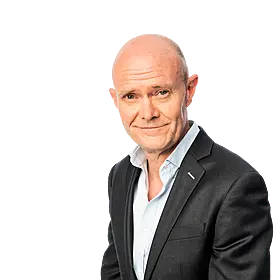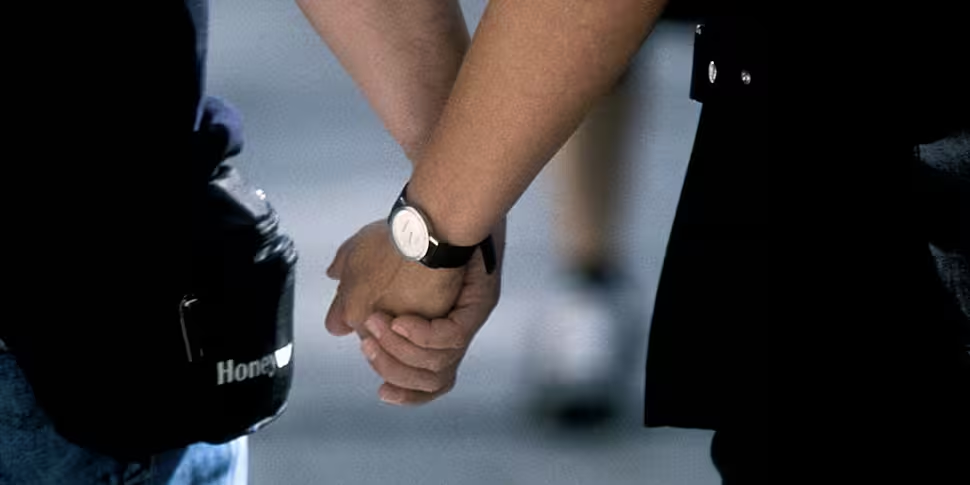A surgical procedure has seen patients who were diagnosed with complete paralysis given restored movement in their elbows and hands.
All participants in Australia underwent a single or multiple nerve transfer in one or both upper limbs - this was sometimes combined with tendon transfers.
It resulted in the restoration of elbow extension, grasp, pinch and hand opening.
Surgeons were able to attach nerves connected to working muscles above the spinal injury, to nerves attached to the paralysed muscle below it.
The working nerves were then able to 'reanimate' the previously paralysed muscle in people with tetraplegia, which is the paralysis of the upper and lower limbs.
Participants were assessed at 12 months and 24 months after the surgery.
Between April 2014 and November 2018, researchers recruited 16 people with traumatic spinal cord injury.
Among those people, 59 nerve transfers were done. And in 10 cases, nerve transfers were combined with tendon transfers.
Researchers found: "Early nerve transfer surgery is a safe and effective addition to surgical techniques for upper limb reanimation in tetraplegia.
"Nerve transfers can lead to significant functional improvement and can be successfully combined with tendon transfers to maximise functional benefits."
The study, which has been published in The Lancet, is the largest of its kind.
Dr Natasha van Zyl from Austin Health in Melbourne, who led the research, said: "For people with tetraplegia, improvement in hand function is the single most important goal.
"We believe that nerve transfer surgery offers an exciting new option, offering individuals with paralysis the possibility of regaining arm and hand functions to perform everyday tasks, and giving them greater independence and the ability to participate more easily in family and work life.
 Plastic and reconstructive surgeon Dr Natasha van Zyl | Image: Austin Health Victoria
Plastic and reconstructive surgeon Dr Natasha van Zyl | Image: Austin Health Victoria"What's more, we have shown that nerve transfers can be successfully combined with traditional tendon transfer techniques to maximise benefits.
"When grasp and pinch was restored using nerve transfers in one hand and tendon transfers in the other, participants consistently reporting that they liked both hands for different reasons and would not choose to have two hands reconstructed in the same way."
Additional reporting: IRN









